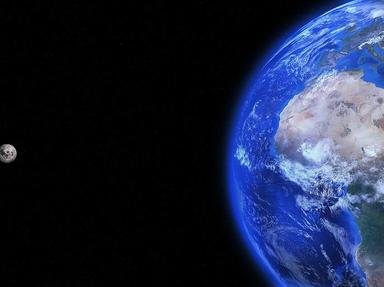Quiz Answer Key and Fun Facts
1. You've won a vacation to Lima, Peru. You board a plane in Miami, anticipating the many adventures you'll experience there. You are surprised to learn that your prize package includes the opportunity to be "Pilot for a Day." As you settle into the pilot's chair, what compass heading will you need to follow in order to arrive in Lima?
2. Peru shares land borders with five other South American nations, the longest being with Brazil. Which country has the shortest border with Peru?
3. Peru is a multiethnic nation formed by many different cultures over five centuries. What is the largest ethnic group?
4. Lake Titicaca, the highest navigable lake in the world, straddles the border between Peru and Bolivia. Just how high above sea level is this lake?
5. The Peruvian flag is a source of national pride, and has remained almost unchanged since first adopted in 1824. It resembles the flag of another mighty country in the Americas. Which one?
6. Which Nobel prize-winning author unsuccessfully ran for the presidency of Peru in 1990?
7. Peru's national instrument, the charango is a small, stringed instrument whose back was traditionally made with the shell of which unique animal, native to South America?
8. Peru has impressive biodiversity, with the Pacific coastline, Amazon River, and Andes Mountains all within its borders. Which of these is NOT a Peruvian animal?
9. Peruvian cuisine blends Amerindian and Spanish traditions with influences from many different parts of the world. "Chifa" is the name given to the fusion of Peruvian food with what other prominent, rice-loving culinary tradition?
10. Michael Bond's "Paddington Bear" is from "Darkest Peru". Who were Paddington's "relatives" who rescued him after his parents died in an earthquake?
Source: Author
LadyNym
This quiz was reviewed by FunTrivia editor
LeoDaVinci before going online.
Any errors found in FunTrivia content are routinely corrected through our feedback system.
